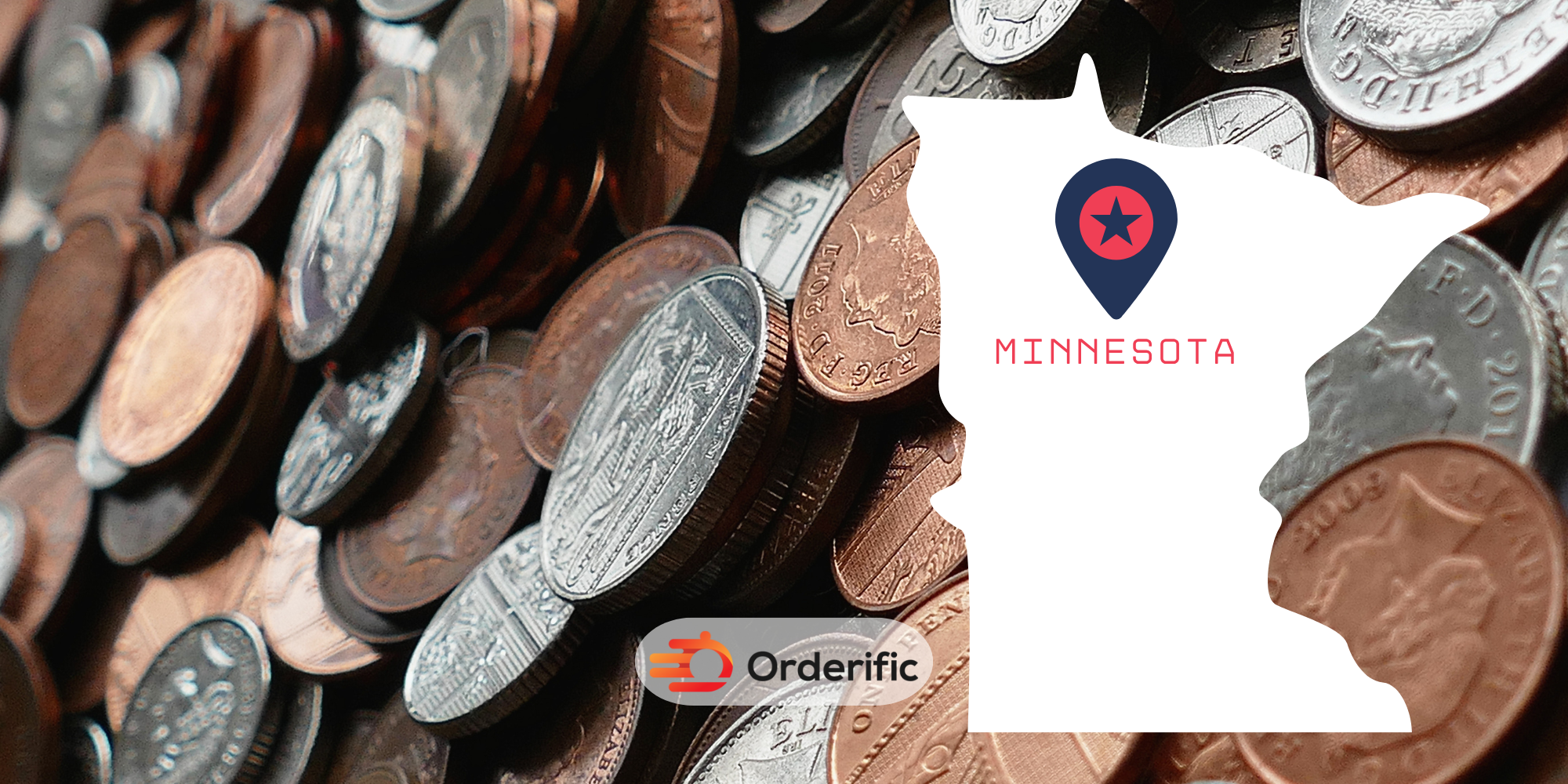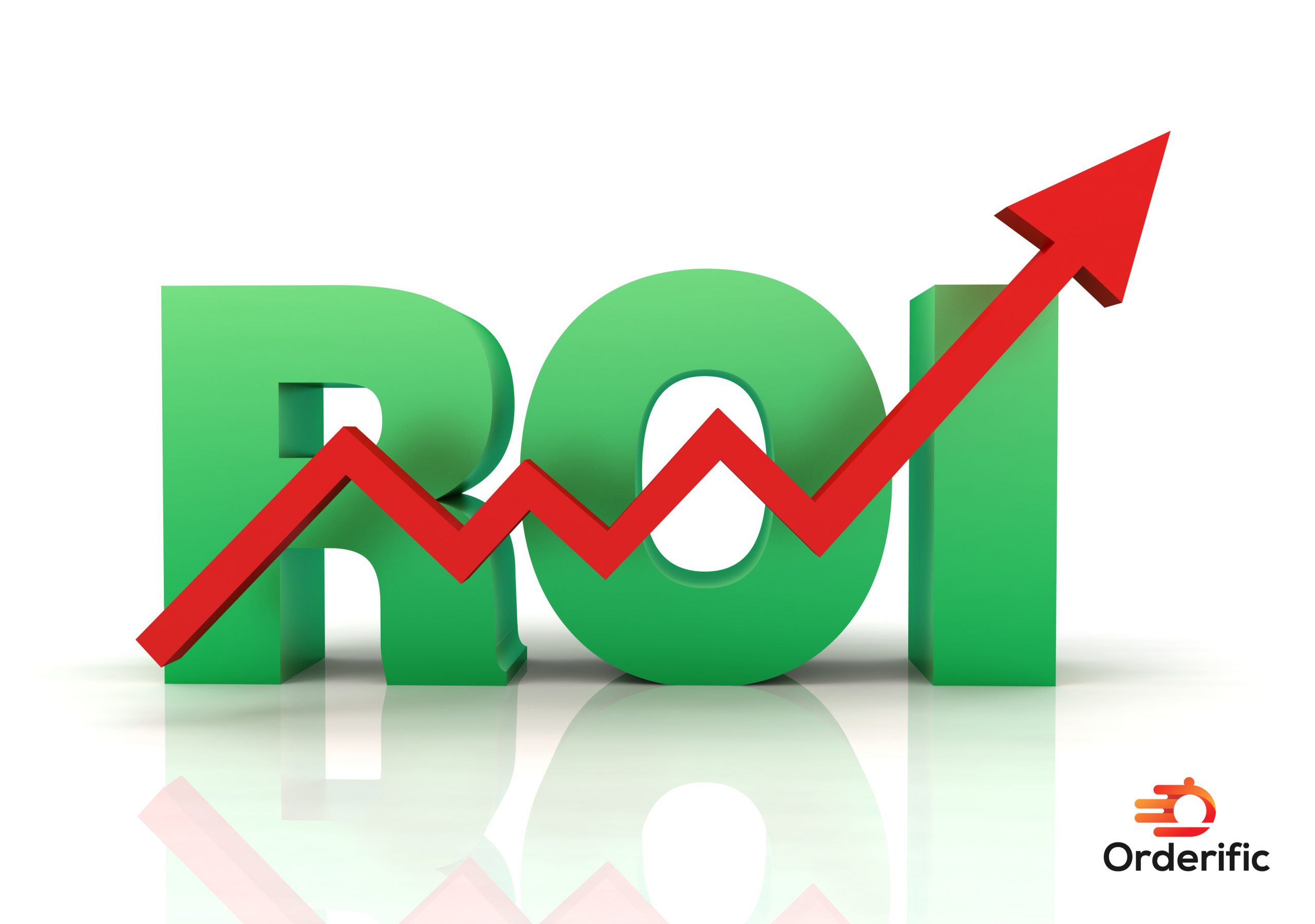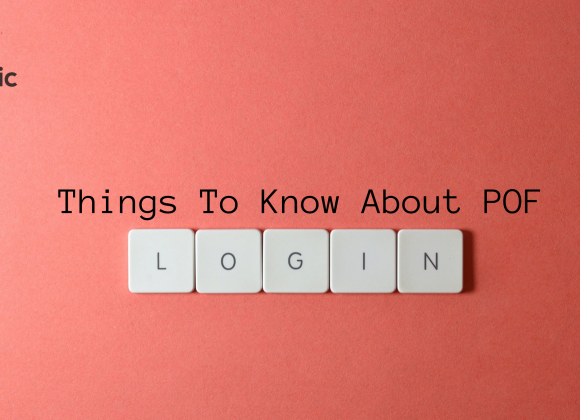Navigating the terrain of labor laws, such as understanding Minnesota’s minimum wage, can be a challenge. For many employers and employees, it’s a daunting task akin to deciphering an ancient script. However, fear not! This comprehensive guide illuminates the landscape, making it a breeze for large and small businesses. You’ll find clarity here if you’re an employee yearning for fair pay or an employer ensuring compliance. We delve into recent changes, anticipate future increases, and dissect what these changes mean for you. Ready to embark on this enlightening journey through Minnesota’s minimum wage law? Let’s get started.
Current Minimum Wage in Minnesota
Minnesota’s minimum wage rates will evolve as we usher in the new year on January 1, 2023. For large employers with robust annual gross revenues of $500,000 or more, the minimum wage will bloom from $10.33 to an attractive $10.59 an hour. This 26-cent increase, although seemingly modest, represents an inflation adjustment of 2.5%, a significant stride towards ensuring fair wages for employees.
Small employers, typically with annual gross revenues of less than $500,000, are not left in the cold either. The wage flower for their employees, currently at $8.42 an hour, will unfurl its petals to reach $8.63 – a 21-cent blossom and a 2.5% inflation adjustment. This increase extends to the youth, training wages, and even the summer work travel exchange visitor program wage.
Nicole Blissenbach, DLI temporary commissioner, eloquently sums up the wage hike in Minnesota. “This increase,” she says, “is designed to help minimum-wage workers keep up with inflation to better provide for themselves and their families.” Brimming with a warm human touch, the sentiment encapsulates the state’s commitment to employee welfare and fair pay.
Notably, the state-mandated minimum wage rates do not apply to Minneapolis and St. Paul, which have unique, higher wage rates. Furthermore, Minnesota law mandates employers display updated minimum wage posters this fall. Employee notice updates may also be required, as the state aims to keep employees informed and aware of their rights.
As the calendar flips to January 1, 2024, another wave of inflation adjustments will sweep Minnesota. The significant employer rate will ascend to $10.85, while the others will rise to $8.85, ensuring the journey towards fair pay continues in Minnesota, no matter the business size or employee role.
Minnesota Minimum Wage Increase
Minnesota’s minimum wage increase is more than just numbers; it’s a journey toward a fairer society. The wage rates also grow as the frost melts, heralding a fresh start each year. Imagine the thrill of seeing your paycheck reflect this warm, positive change.
The increase is not abrupt but a gentle, steady process, carefully calculated to match the rhythm of inflation. It’s like the steady clock ticking; each ticks a step forward for Minnesota workers. Every increase is a testament to the state’s commitment to employee welfare.
For small businesses, navigating this terrain of wage changes may seem daunting. Yet, they adapt like a ship’s captain, expertly guiding their vessel through changing tides. They, too, play a part in this narrative of progress, ensuring their employees receive fair pay.
Remember, the labor law posters on the walls of Minnesota workplaces aren’t just for show. They act as signposts, guiding employees through this evolving landscape of wage rates, ensuring no one is left behind. And when January 2024 comes, another wave of wage increases will wash over Minnesota, continuing the narrative of progress.
Empathy, fairness, and progress are the threads that weave Minnesota’s tale of minimum wage increases.
Exemptions to the Minimum Wage in Minnesota
While Minnesota’s minimum wage law aims to foster fairness, some exceptions exist. Picture the vast landscape of employment in the state, brimming with diversity. Now, let’s delve into some distinct categories that fall outside the usual wage boundaries:
- Young Workers: The summer sun brings warmth and wage flexibility in Minnesota. Youth under 18 can be paid a lower minimum wage of $8.42 an hour, a policy that echoes the rustling leaves of opportunity in the seasonal breeze.
- Training Wage: In the first 90 days of employment, the state sprinkles a dash of leniency. New employees under 20 can earn a training wage of $8.42 per hour, a nurturing rainfall fostering growth in their career gardens.
- Small Businesses: Under the Minnesota sky, businesses with annual gross revenues below $500,000 pay a wage of $8.42 per hour. This gentle breeze of financial relief helps these smaller ventures stay afloat.
- Agricultural Workers: As the state’s cornfields sway in the wind, the state’s minimum wage law dances to a different tune for agricultural workers, depending on their duties and hours worked.
These exemptions, however, are flexible. They change, much like Minnesota’s seasons. With each new year, the state reviews these rates, adjusting them to match the rhythm of the economy. The goal? Every worker can thrive in a balanced ecosystem regardless of their role or industry. So, as you navigate Minnesota’s diverse employment terrain, remember these exceptions to the minimum wage law. They paint a fuller picture of the state’s labor landscape.

How to File a Wage Complaint in Minnesota
Has there been a discrepancy in your wage? If you believe your employer is not upholding Minnesota’s minimum wage law, don’t fret. Initiating a wage complaint is simpler than you think. Just imagine you’re embarking on a journey, armed with the might of your rights, down a path toward a resolution.
First, gather the necessary documents. They are your trekking gear, bearing detailed timesheets, pay stubs, and other relevant records. Now, visit the Minnesota Department of Labor and Industry website, your map to wage justice. Look for the ‘Labor Standards Complaint Form.’ It’s your compass, pointing you toward the path of redress.
Filling out the form is a breeze. Describe your issue briefly, like narrating a short story. Be sure to include all relevant details. Remember, every word counts. Like depositing a letter in a mailbox, submit your complaint online. You’ve now launched your journey to wage justice.
What comes next is the waiting phase, the calm before the storm. Picture it: the state officials, like diligent detectives, exploring your case. Rest assured, they’ll contact you if they need more information. Finally, the resolution arrives like a sunbeam breaking through the cloud of wage uncertainty.
So there you have it, a simple guide to filing a wage complaint in Minnesota. Remember, you’re part of a fair labor ecosystem, and your wage rights matter. Don’t hesitate to take this journey if need be. After all, fairness, like a warm Minnesota summer, is worth fighting for.
Conclusion
In the grand landscape of Minnesota labor law, understanding Minnesota’s minimum wage is a journey, not a destination. Much like a river, the state’s minimum wage rates constantly evolve, flowing towards the horizon of fairness and equity. They infuse warmth into the chilly Minnesota winters and bring hope to workers in small and large businesses alike. Amidst this journey, Orderific, with its streamlined solutions, empowers restaurant owners to focus on providing better wages and improving the employee experience. So, whether you’re a business owner seeking operational efficiency or an employee navigating the wage landscape, remember, Minnesota’s tale of minimum wage is not just a narrative of numbers but a story of fairness, progress, and human connection. For more information on Orderific, schedule a FREE DEMO today.
FAQs
What is the current minimum wage in Minnesota?
As of January 1, 2023, the minimum wage in Minnesota is $10.59 for large employers and $8.63 for small employers.
Has there been any recent increase in the minimum wage in Minnesota?
Yes, the minimum wage will increase in 2023. Large employers now pay $10.59 per hour, while small employers pay $8.63.
What is the minimum wage for tipped employees in Minnesota?
In Minnesota, tipped employees receive the same minimum wage as non-tipped workers: $10.59 for large employers and $8.63 for small employers.
Are there any exemptions to the minimum wage in Minnesota?
Yes, there are exemptions for youth workers, new employees under training, small businesses, and some agricultural workers.
How can an employee file a wage complaint in Minnesota?
Employees can file a wage complaint by filling out the ‘Labor Standards Complaint Form’ on the Minnesota Department of Labor and Industry website.













